Protecting your hair throughout the summer season is no joke. Between the sun, hot winds, and chlorinated swimming pools, you’ve likely adjusted your routine to ensure your hair can withstand all this damage. However, now that summer is coming to an end and fall is beginning, it’s time to care for your hair according to this season.
In this blog, we’ll talk about how to transition your hair care from summer to fall with a few core tips. Let’s get started.
Why Does Fall Hair Care Different from Summer Hair Care?
The hair concerns for the summer season often focus on the sun. You may experience any of the following:
- Sun-damage to your hair
- An oily scalp
- Hard-water damage from chlorinated pools
However, once the weather changes in the fall, you may see any of the following:
- Static frizz
- Dry, itchy scalp
- Brittle strands
This is often because of temperature drops during the season. Understanding what you’re up against during the summer months versus fall months can help you be better prepared to address your hair’s needs.
How Should I Care for My Hair in Fall?
1. Focus on Your Scalp
Having healthy and manageable hair (regardless of the season) starts with having a thorough scalp-scale routine. During the fall and winter, you’re more likely to have dandruff due to lower temperatures and dry air. Additionally, people often fall into a routine of washing their hair less during the fall and winter than they were during the spring and summer. Often, this is because you sweat and swim less. However, this can also cause dandruff and worsening scalp conditions.
Make sure that you focus on your scalp during your hair routine and try to remove buildup and debris. You can do this with a clarifying shampoo once a week (or once every two weeks) with co-washes in between. This allows you to clear any clogged follicles, which will inhibit hair growth.
2. Deep Condition
A great deep conditioner is a key part of any hair regime, and this is especially true in the fall. After swimming and sunning all summer long, your hair is likely extra dry. As you move into cooler and less humid hair, your hair is likely to become even drier, so you’ll want to address this with some deep conditioning.
We recommend a deep conditioning treatment with natural ingredients. These products will avoid stripping your hair of moisture like synthetic or alcohol-based products do. Here are some of our favorites that you can try!
3. Moisturize
Regardless of the season, moisturizing your hair is the most important part of any hair care routine. Thick, curly, natural hair tends to be prone to dryness compared to looser and straighter textures. This is due to the shape of the strands as well as the natural sebum produced by the scalp, which has a harder time traveling down the hair shaft. When you moisturize your hair, pay special attention to the ends. This is the oldest part of your hair, and as a result, the driest.
We recommend using the LOC (leave-in, oil, cream) method of moisturizing. This is popular among curly girls; although, the order you use them in ultimately depends on the person and their specific hair texture and needs.
During the fall months, you may begin to notice that your hair is even drier than usual. Elsa may be famous for saying, “The cold never bothered me anyway!” but that frankly isn’t true for curly hair. Switch out your favorite summer products for something a bit heavier to protect you against the cold weather.
Here are some of our favorite products for you to try.
• Leave-in
• Oil
• Cream
4. Go Darker
This is for all the women who love to color their hair! As summer turns into fall, you’ll often see a rush to the salon. Gone are the days for sun-kissed hair that you get when you’re exposed to the sun. If you love color-treating your hair, then head to the salon to revitalize your hair. Going a shade or two darker can help you even out the color and find deeper, richer hues that complement your cute fall wardrobe.
5. Eliminate Split Ends
Did you know that experts recommend that you trim your hair every three months? This ultimately allows you to keep your hair healthy while reducing breakage. When left untouched, your split end will continue to split all the way up your entire hair shaft. And when this occurs, your hair is left beyond repair. Don’t let this happen! Even if you’re trying to retain the length, you need periodic cuts to keep your hair long and gorgeous.
6. Add Volume
During the summer, the humidity is often hair and helps your hair get plenty of volume. As the temperature drops, the humidity decrease, which can cause your hair to go flat. For this reason, you may be looking for more ways to keep your hair volumized throughout the fall season. Here are some ideas for all the curly girls.
- Put your hair in a pineapple puff
- Stretch your hair
- Use a pick-comb
- Flip your hair over and fluff at the roots
- Try using a diffuser
- Avoid products that weigh your hair down
- Consider using hair volumizing products
- Part or shape your hair differently
7. Drink More Water
What we consume and put into our bodies has a great impact on what our hair looks like. If you find that your hair is constantly dehydrated, it may be because you are constantly dehydrated. Roughly 64 ounces per day is considered the common recommendation for how much water you should be drinking. However, this can widely vary depending on your body and lifestyle. At your next doctor’s appointment, ask your doctor for their personal recommendation and see what they say. They may have a different recommendation for you so that you know if you’re getting enough water.
8. Use Protective Styling Methods
Protective styling allows your hair to retain length and moisture. These styling methods are especially useful as the weather turns colder and it reduces the likelihood of damage. We have entire blogs dedicated specifically to using protective styling methods. You can read more here about how you can use protective styling methods to guard against weather-related challenges.
- Protective Styling: Why You Should Wear Protective Styles
- Everything You Need to Know About Protective Styles for Natural Hair
- Steps to Maintaining and Moisturizing Locs and Protective Styles
- Best Protective Styles for Natural Hair this Winter
- 10 Step-by-Step Braids Tutorials
9. Cover Your Hair
If you’re extra worried about your hair drying out from the elements, don’t hesitate to shield it directly from harsh weather conditions. You can do this with a cute scarf, hat, or head wrap. We recommend looking for satin-lined options as cotton or wool can draw moisture out of your hair.
You can also consider using a satin pillowcase. This can protect your hair and prevent breakage overnight. It also helps prevent the messy transfer of oils and creams to your pillows, sheets, and face.
10. Steam Your Hair
Did you know that lack of moisture in the winter has a damaging effect on your strands? Steaming can help to combat this as it allows you to open the hair cuticle and add moisture in a single step. Now, we know purchasing a steamer may get expensive, but you can simulate the effect of a steamer by wearing a shower cap and then wrapping a towel on top.
Final Thoughts
While you may have a general hair care routine, it’s always a good idea to adapt it to the season you’re in. Your summer hair care routine should focus on sun damage and heat while your fall and winter routine should focus on how to prevent your hair from drying out. In both these cases, moisture is crucial for natural hair and protective styling methods are a great way to prevent your hair from breaking. Bonus: You’ll also find that you can preserve the length.
For more tips, read additional blogs and shop Taliah Waajid Products. We’re all about promoting healthy hair and healthy body!
WRITE FOR US
Think you've got a fresh perspective that will challenge our readers to engage and educate themselves on how to attain a healthier self, hair and skin included? We're always looking for authors who can deliver quality articles and blog posts. Thousands of men and women will read your work, and you will level up in the process.
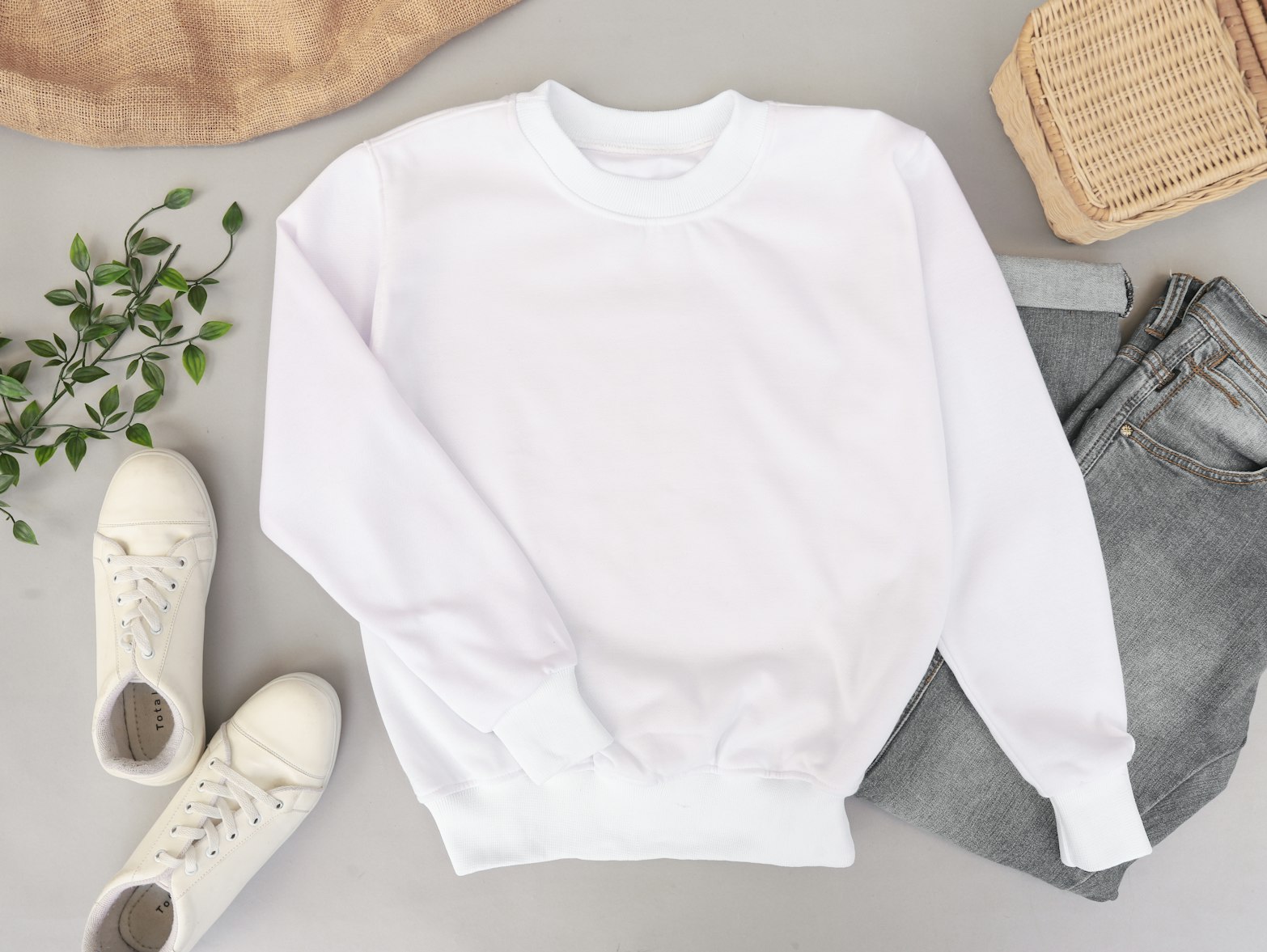
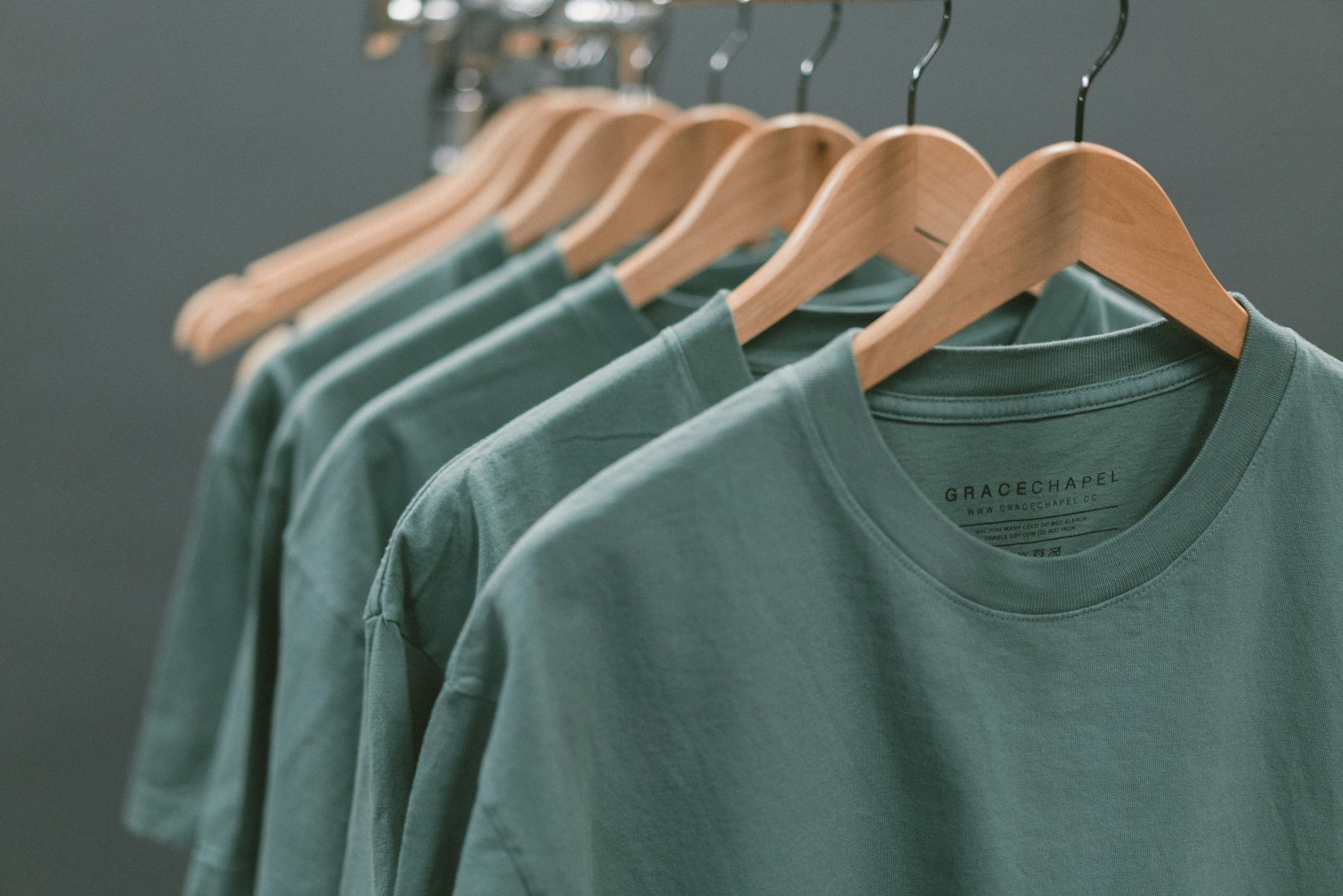
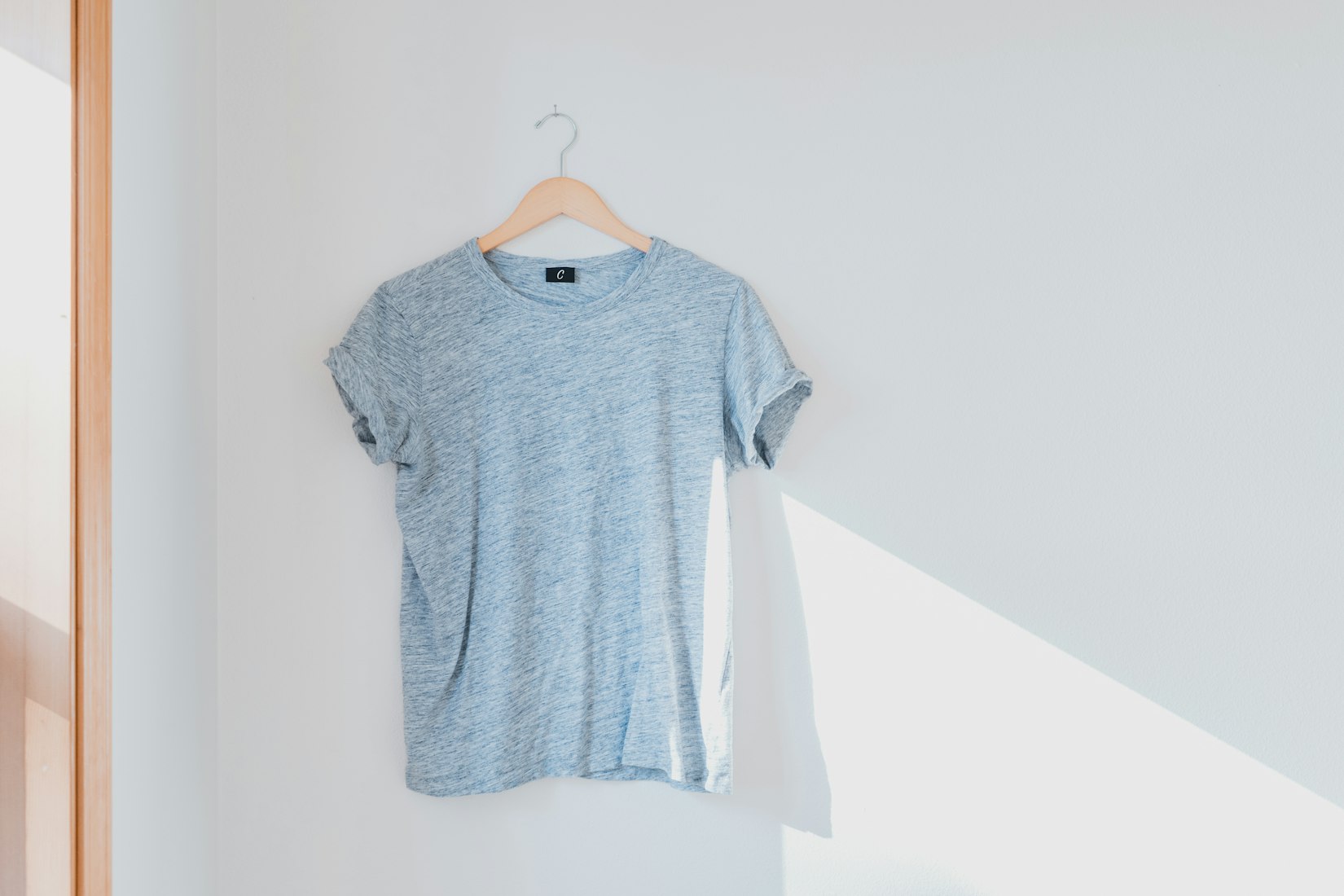
 English
English Arab
Arab
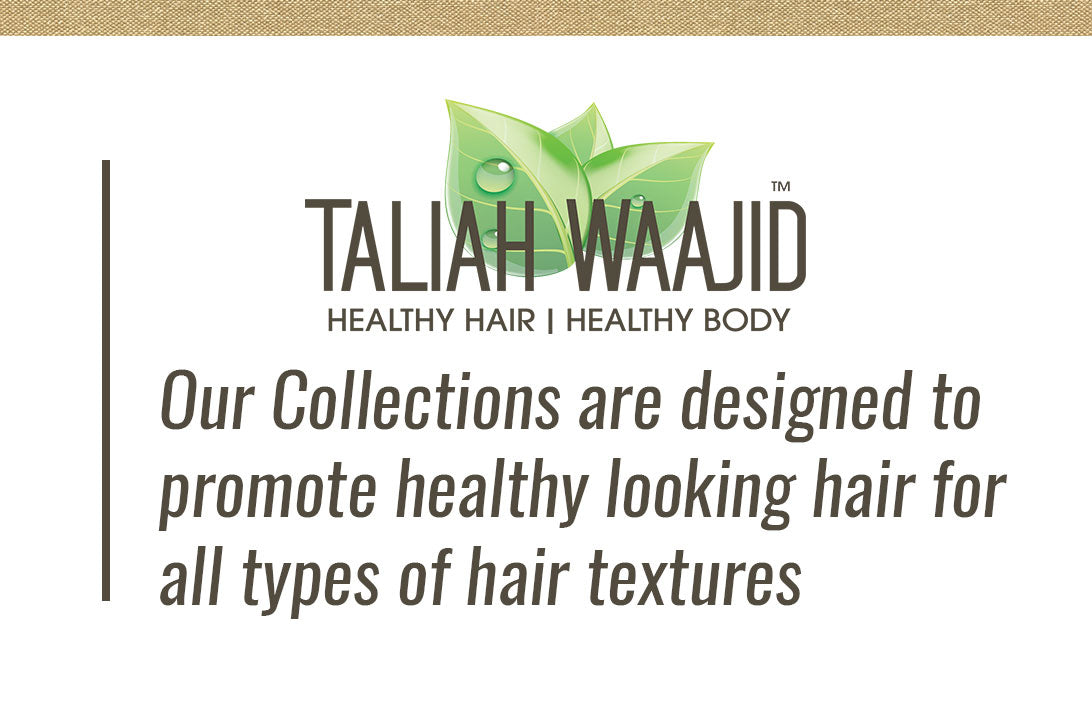
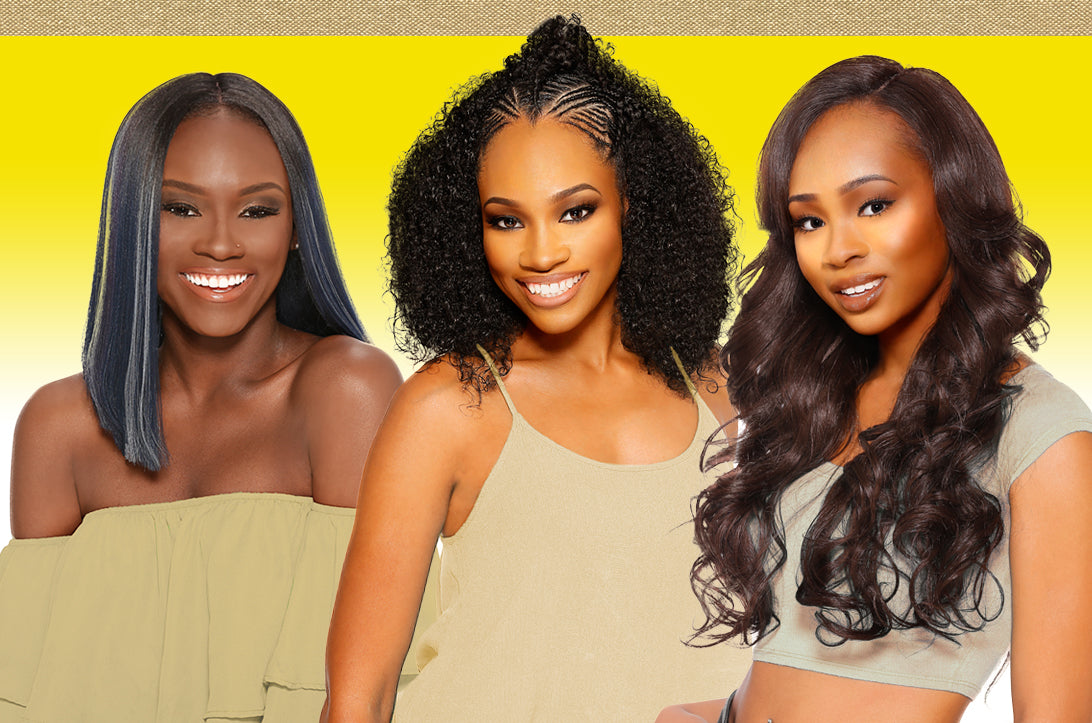






Hi Dr. Nash!
No problem. Glad that I could help!
Thanks for the hair information…….now I can work on some new methods of hair care.